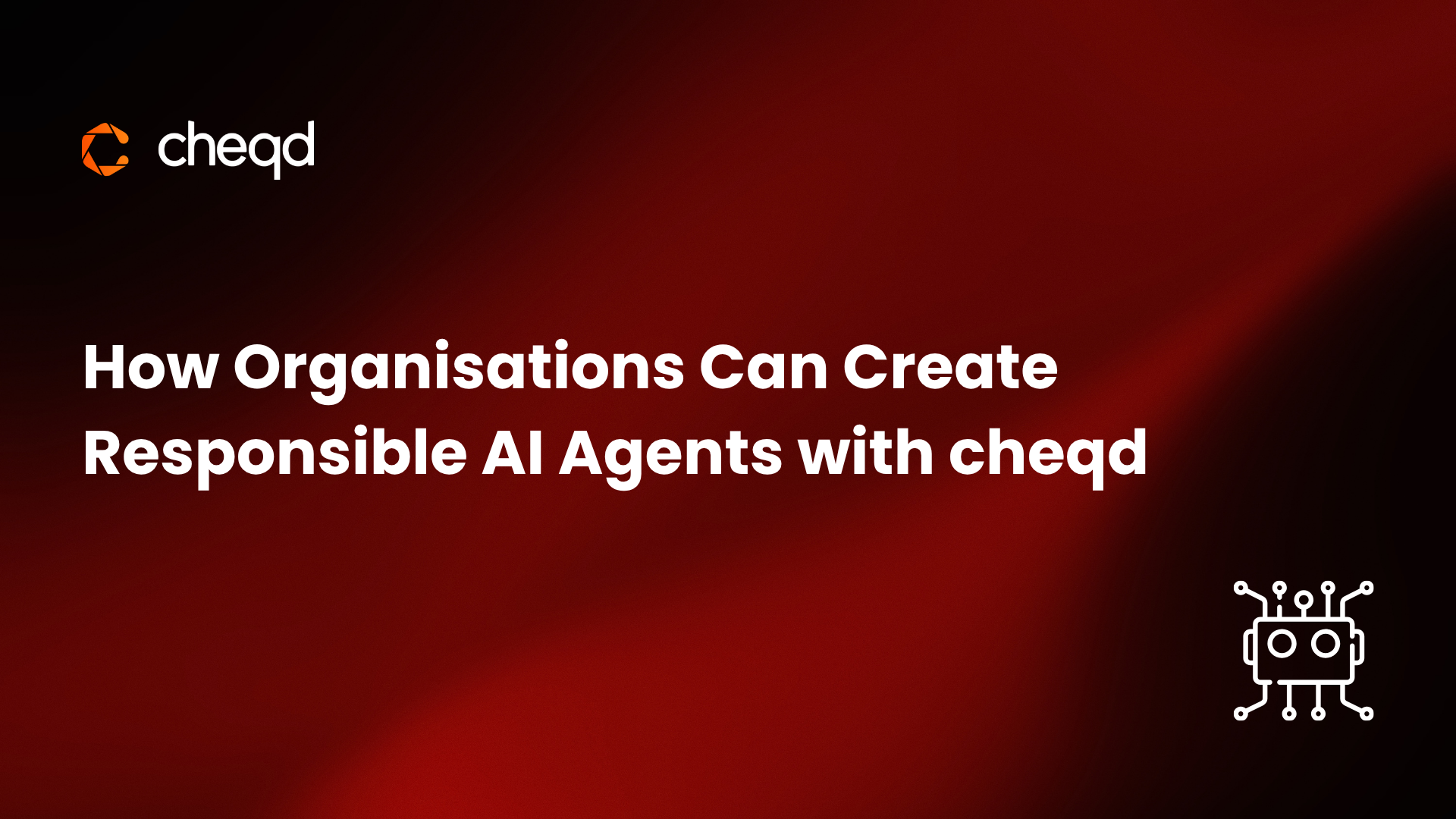The last few months have been fruitful, and we’ve been to a number of events, presenting or participating and learning. As you know, giving back to our community is core to everything we do (hint: we love being invited to events — drop us an email to [email protected]).
Today, we’d like to focus on the Diffusion July 2021 event organised by Outlier Ventures. We discussed making digital identity more inclusive and accessible together with Alex Preukschat, author of Self-Sovereign Identity book, SSI Meetups, Aron van Ammers, CTO & Co-Founder, Outlier Ventures and Evin McMullen, Co-Founder, Serto and Ankur Banerjee, CTO, cheqd. We find this topic of paramount importance, and the tech sector certainly has a long way to go, so we’re grateful to be having this conversation.
Let’s start with a definition of inclusivity and accessibility in the context of digital identity. There are a number of layers of accessibility that could be looked at, including:
1) on a user-level — does it require additional skills? I.e. is it localised? Is it going to work with the hardware you have?
2) on a personal level — is the concept even understood? Can you explain what digital identity means to a friend?
3) underlying tech itself — does it require smartphones only? Could it be widely used across the world?
4) on an operational level — how compatible is it with your existing operational model? Does it require restructuring to use this new tool?
Examples of digital identity use cases
It’s hard to talk about identity without pairing it to a use case. People don’t get up in the morning thinking about digital or self-sovereign identity (SSI), they think they need to fly to X, open a bank account etc., and for that, they need to prove their identity. Usually, you’d think about digital I.D. as a means to achieve the secondary goal.
There are a few examples of digital identity use cases:
- Airlines started testing global credentials to verify health passports using SSI and digital identity.
- NHS in England rolled out a programme to make it easier for doctors to transfer their credentials across when onboarding within a hospital.
- The E.U. green certificate and International Travel Association are doing something similar. Both explore the ways to issue unique digital credentials that individuals can carry on their phones to prove their identity.
Issues related to digital identity accessible and inclusive
The usability aspects don’t get spoken about often within the SSI world partly because this is a very new field, and it’s usually a very technical conversation. Some have been considered in detail as part of the SSI working groups across companies regarding the COVID-19 credentials.
Accessibility and inclusivity are two different terms, though closely interlinked.
On an accessibility level, take a typical example of not having an active internet connection. By default, you have to be connected to the internet as your credentials are on a blockchain — how can you present your credential without an internet connection? We often think this could happen if you’re on border control in a remote place, but often you can be in your office in the city of London with no network coverage.
Another example is not having a smartphone. Put aside a digital divide between the people who own and don’t own one could still affect everybody. Imagine your battery dies, and you can’t charge it? Voila, consider, you don’t have a smartphone anymore.
On an inclusivity front, some of the issues to consider are: how expensive are these systems to use? How easy are these systems to use?
Right now, digital identity is being adopted to its best by early adopters. Even with traditional software, usability and UX have always been a big challenge, putting aside the need to explain how to use this new service. You’ve got to consider various demographics, behaviour preferences, cultural aspects and languages, digital literacy, at last! How easy are these experiences to understand to a broad group of people?
Another aspect to consider is a tricky one — how can you prove that these credentials belong to you? Uber teaches us a good lesson. An Uber driver got approval to conduct commercial activity. However, a different person showed up on a shift. Uber lost its licence after that incident. The point to consider is not about having the right certification but ensuring that it belongs to the rightful owner.
This brings us to the biometric identification issue. Touch ID wouldn’t know if you’re the person you’re claiming to be — all it knows is a fingerprint saved on a device. It could be yours or your family members. Many problems are associated with how “good” biometric algorithms could be for people of colour. Think about how SSI credentials could be linked to biometric identity? It would be quite a powerful mix.
Finally, you can’t have a decentralised web without a decentralised identity. We’re starting to see examples of having decentralised assets in an app but with a centralised identity. This creates inequality risks as individuals should be able to participate not only based on their wallets (wealth they have) but also on their achievements.
Watch how to make digital identity more accessible and inclusive panel discussion:
How to make digital identity accessible and inclusive
There is always a tendency to quickly bring a Minimum Viable Product (MVP) to the market and think about accessibility and inclusivity later. But that is wrong — accessibility and inclusivity should be a core part of your product, so think of them early on.
Often owning a smartphone is accessed from a digital divide perspective. So developers tend to assume if they target a particular demographic with a certain amount of wealth, they would own one by default. That assumption is fundamentally wrong. Even those who have the luxury of owning a smartphone can be in a situation with no devices available at hand.
Similarly, when we think about digital literacy, we tend to assume this applies to someone illiterate. However, this applies to most demographics.
An excellent example of how an internet connection issue is resolved is a national Health Service (NHS) Vaccination app. It doesn’t only issue a vaccinated person a Q.R. code, but also you can download a PDF certificate, which you can use with no internet connection.
Finally, to make it accessible and inclusive, at some point, we have to stop using the term SSI, and the language must become easier, so a 5-year old can understand.
The bottom line is to make digital identity accessible 1) it should be fully decentralised and 2) the use of digital identity should be as easy as showing a scanned PDF, and 3) it should be available to all.
cheq out the second part, where we discuss the key takeaways from The Internet Identity Workshop. We explore how to make SSI relevant to all and why we need to move away from SSI to authentic. Finally, we delve into how SSI should be adopted globally.
In the meantime, join our rapidly growing Twitter community here to stay updated with our latest news as we head towards launch.
P.S. We’re also on Telegram or LinkedIn; make sure to cheq in!






